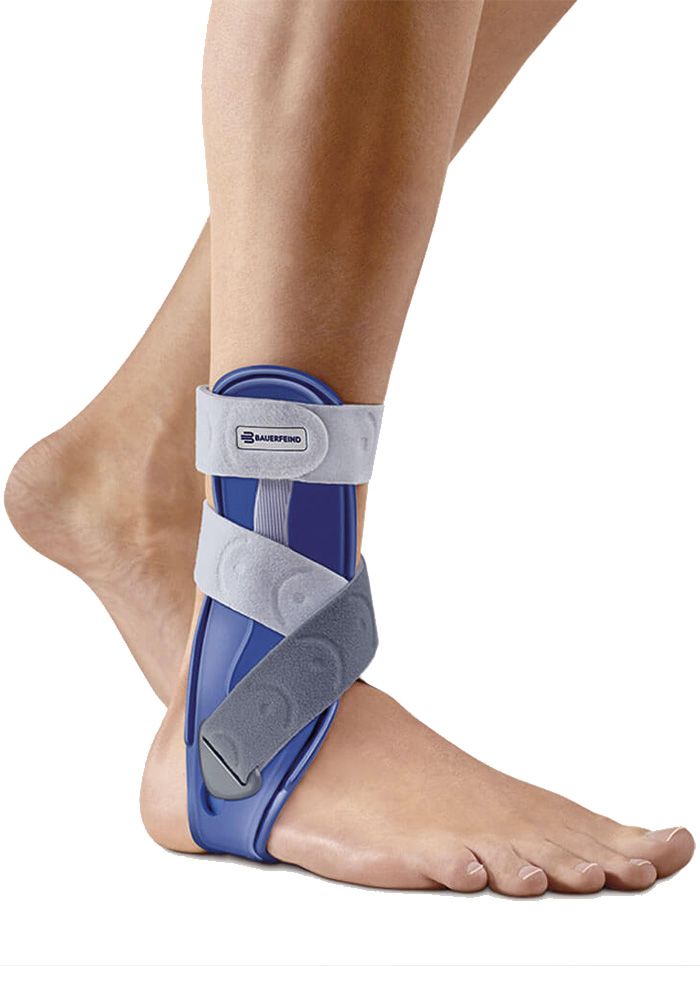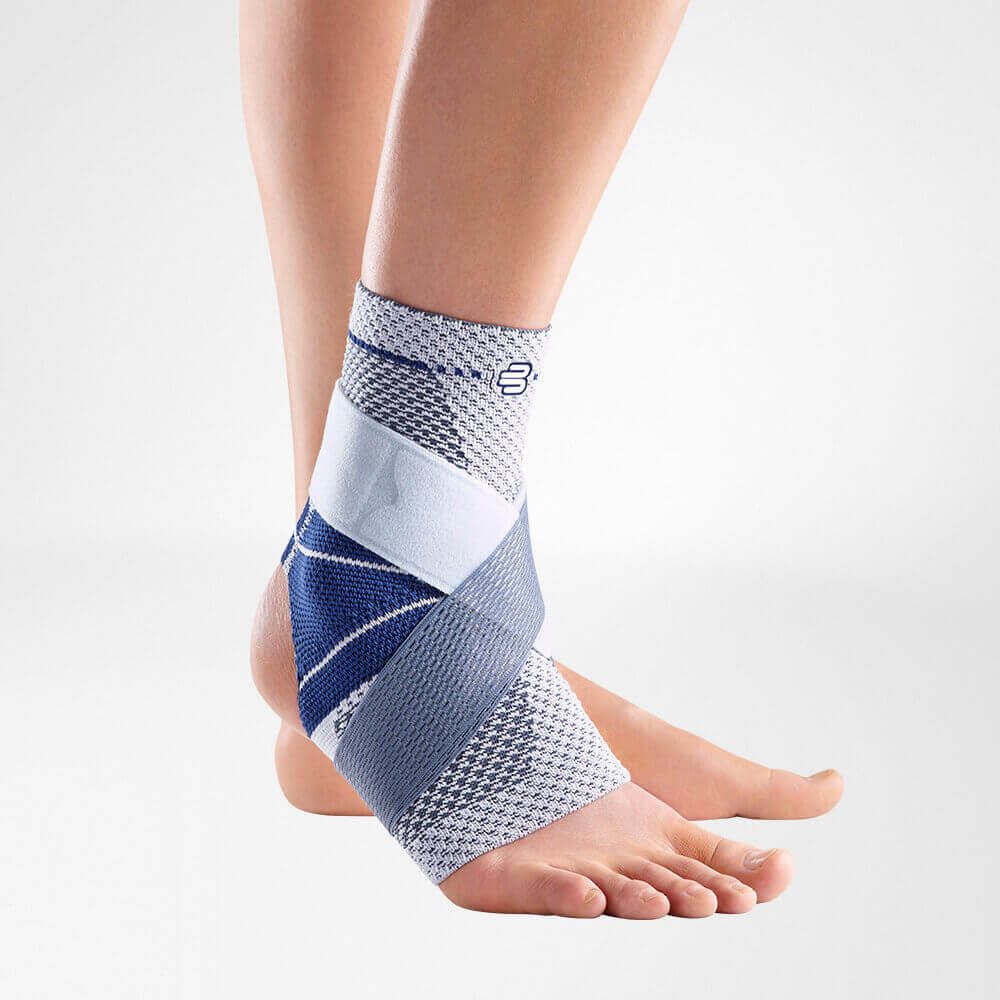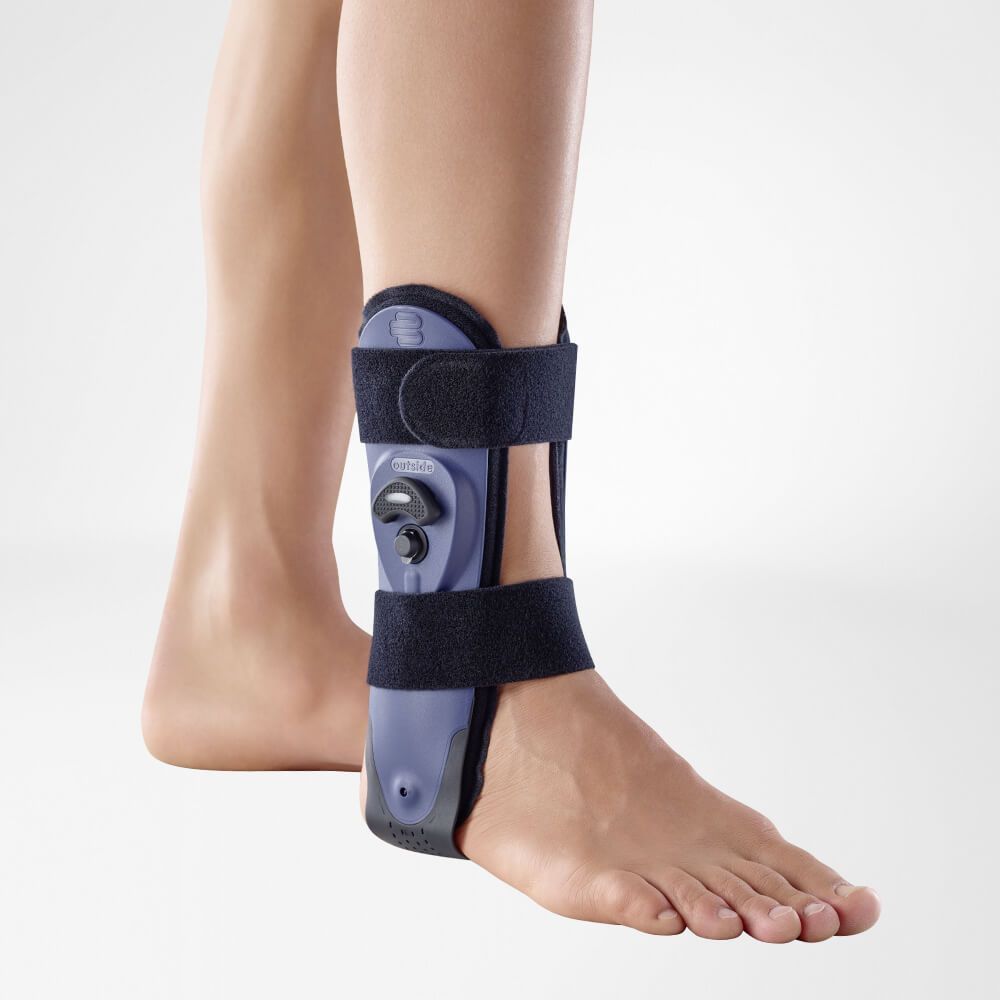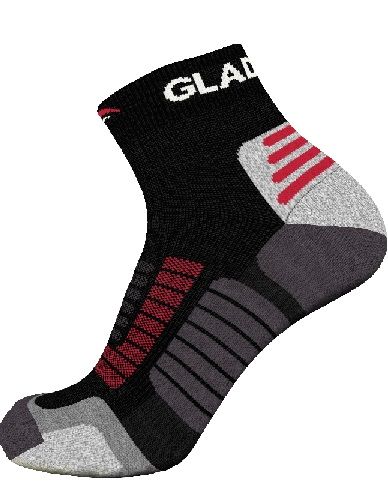Fluid in the ankle
Many people suffer from swollen ankles. Fortunately, this is usually a harmless condition. However, a painful and swollen ankle can also be a symptom of a more serious underlying issue. If the swelling doesn't subside and the ankle remains thick, it’s advisable to consult a general practitioner. If necessary, your GP may refer you to an orthopedic specialist. But what actually causes this fluid in the ankle? And what can be done about it? We’ll explain it all for you below.
Causes of fluid in the ankles
The most common cause of ankle swelling is poor circulation. When blood does not flow properly, fluid can accumulate in the lower body, leading to a swollen (and sometimes painful) ankle. Swelling can also result from a sprain or inflammation in the ankle.
There are several conditions that must be treated immediately. These include:
- Diabetes
- Thrombosis
- Kidney and liver diseases
- Heart and vascular conditions
Swollen ankles are most common in the summer, when the body retains more fluid. Women may also experience ankle swelling during menstruation or pregnancy. This is due to fluctuations in estrogen and progesterone levels. During pregnancy, the hormone progesterone causes the blood vessel walls to become thinner, allowing fluid to more easily leak into surrounding tissues. A pregnant woman’s body can retain 2 to 3 liters of extra fluid. This not only causes swollen feet, but also swelling in the hands and ankles.
People with certain medical conditions also frequently suffer from fluid retention in the ankles, including those with diabetes, as well as individuals with heart, liver, or kidney disorders.
Fluid retention in the ankles can also be an unpleasant side effect of certain medications.

Treatment of fluid in the ankle
If you are experiencing swollen feet and ankles during pregnancy, it’s best to stay active. It’s important to keep blood circulation going. It’s also helpful to place a pillow under your legs while sleeping. This allows the body to drain the fluid more easily. If your feet are swollen due to warm weather, no action is generally needed. Once the temperature cools down, the swelling in the ankles typically decreases as well.
If you are experiencing significant discomfort due to ankle swelling, we recommend wearing a brace. The braces from Podobrace are made from breathable, comfortable materials. They’re easy to use and fit in any shoe. Thanks to their flexibility, they offer optimal wearing comfort. Our ankle braces are available in three different levels of protection, from mild to severe complaints.

How long should I wear an ankle brace?
How long you need to wear ankle support depends greatly on the nature of the complaint. In the case of a sprain or twist, it may be necessary to wear one for up to a year. However, it's important to only wear the brace when symptoms are present, and to take it off again once the discomfort subsides.

Bauerfeind MalleoLoc Ankle Support

Bauerfeind MalleoTrain S Ankle Support - Open Heel

Bauerfeind MalleoTrain Ankle Support
Protection level 2
Bauerfeind MalleoTrain Plus Ankle Support
Protection level 2
Bauerfeind AirLoc Ankle Support
Protection level 3
Morsa ThermoCY Lightweight Ankle Football Support

Gladiator Sports Premium Compression Stockings

Gladiator Sports Compression Socks

- Physiotherapist
- Sports podiatrist
- Manual therapist
- Podopostural therapist
- Myofascial dry needling specialist


